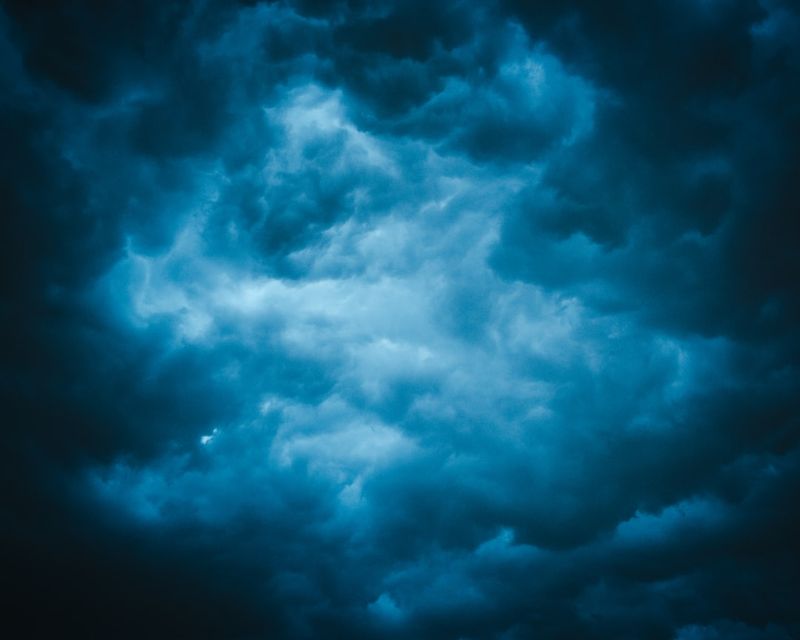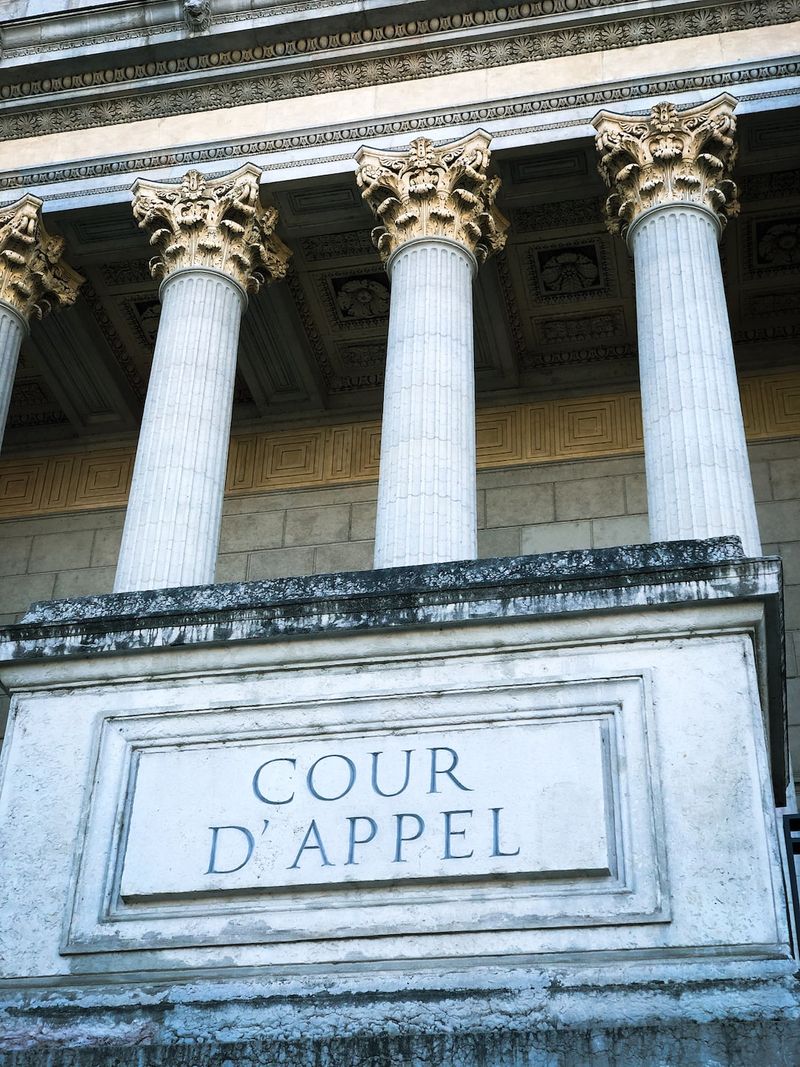Tropical Storm Idalia Updates and Forecast: Tracking the Storm
Tropical Storm Idalia is currently east of Cancún on Mexico’s Yucatán Peninsula, moving slowly north. Forecasters predict that it will become a hurricane on Monday night as it passes western Cuba and enters the Gulf of Mexico. The storm is expected to rapidly intensify over the warm waters of the Gulf and make landfall in Florida on Wednesday morning as a Category 3 hurricane, with winds of 120 miles per hour.
Evacuations and Preparations
Florida officials have already begun deploying the National Guard and emergency utility crews in anticipation of Idalia’s impact. Evacuation orders have been issued for three coastal counties, and more are expected as the storm draws nearer. Governor Ron DeSantis has declared a state of emergency for 46 of the state’s 67 counties.
Residents in the path of the storm have been urged to make preparations for potentially losing power and to heed any warnings from local officials. Major utility companies have deployed tens of thousands of workers to address potential power outages, and 5,500 members of the state’s National Guard are prepared to assist in post-storm efforts.
Potential Impact and Uncertainty
The exact location where Idalia will make landfall is difficult to predict, as the storm is expected to run parallel to Florida‘s western coast. Even a small deviation in the track could result in a significant change in Idalia’s landfall location. Forecasters have warned that the west coast of Florida is likely to experience life-threatening storm surge and dangerous winds as early as late Tuesday.
Philosophical Discussion on Hurricanes and Climate Change
As the 2023 Atlantic hurricane season unfolds, it is important to consider the broader implications of these increasingly frequent and powerful storms. Scientists widely agree that hurricanes are becoming more intense due to the effects of climate change. While there may not necessarily be an increase in the total number of named storms, the likelihood of major hurricanes is on the rise.
Climate change also plays a role in the amount of rainfall that hurricanes can produce. Warmer air can hold more moisture, resulting in storms that can hold and produce greater amounts of rainfall. Hurricane Harvey in 2017 serves as a prime example, with some areas in Texas receiving over 40 inches of rain in less than 48 hours.
It is crucial that society acknowledges the connection between hurricanes and climate change and takes appropriate action to mitigate and adapt to these increasingly dangerous weather events. This includes investing in renewable energy, advancing sustainable development practices, and implementing effective disaster preparedness and response strategies.
Editorial: A Call to Action in the Face of Increasingly Powerful Hurricanes
The intensification of hurricanes, as seen in the case of Tropical Storm Idalia, serves as a stark reminder of the urgent need to address climate change. The devastation caused by these storms highlights the risk faced by coastal communities and the importance of comprehensive adaptation and mitigation efforts.
It is no longer sufficient to simply respond to the immediate impacts of hurricanes. Rather, we must proactively work towards minimizing the conditions that give rise to their strength and destructive potential. This requires a multifaceted approach that includes reducing greenhouse gas emissions, investing in resilient infrastructure, and enhancing disaster preparedness measures.
The connection between hurricanes and climate change is well-documented, and the scientific consensus leaves no room for doubt. We cannot afford to underestimate the magnitude of this global challenge. It demands collective action at all levels, from individuals and communities to governments and international organizations.
Now is the time to mobilize resources, expertise, and political will to confront the climate crisis head-on. Failure to do so will only result in more frequent and devastating hurricanes, putting countless lives and livelihoods at risk. Let us turn this moment of heightened awareness and urgency into a catalyst for meaningful change.
Advice: Hurricane Preparedness and Safety
1. Stay Informed
Stay up-to-date with the latest information and advisories from reputable sources, such as the National Hurricane Center. Follow the guidance of local authorities and emergency management agencies in your area.
2. Prepare an Emergency Kit
Assemble a supply kit with essential items, including non-perishable food, drinking water, medication, batteries, flashlights, and a first aid kit. Have enough supplies to last for several days in case of power outages and limited access to services.
3. Secure Your Property
Take steps to protect your home and property from potential damage. Secure loose objects, trim trees and shrubs, reinforce doors and windows, and consider installing storm shutters or boarding up windows for added protection.
4. Evacuation Planning
If you are advised to evacuate, follow the instructions provided by local authorities. Have a plan in place for where you will go and how you will safely evacuate, taking into consideration any specific needs or requirements of household members.
5. Communication and Reconnection
Establish a communication plan with family and friends in case of separation during an evacuation. Keep important documents and contact information in a waterproof and easily accessible place. Have a plan for reconnecting with loved ones after the storm passes.
6. After the Storm
Exercise caution when returning to your home or navigating through affected areas. Be aware of potential hazards, such as downed power lines and flooding. Follow any instructions and guidance provided by local authorities regarding recovery efforts and safety precautions.
Remember, preparedness is key when facing the potential impact of a hurricane. By taking proactive measures and heeding the advice of experts, we can minimize risks and enhance our resilience in the face of these powerful storms.

<< photo by Anh Nguyen >>
The image is for illustrative purposes only and does not depict the actual situation.
You might want to read !
- Joe the Plumber: A Reflection on the Impact of Citizen Engagement in Politics
- The Increasing Threat of Tropical Storms: Evacuations Begin along Florida’s Gulf Coast
- The Fierce Battle for the 2023 U.S. Open Crown: Expert Analysis and Bold Predictions
- Great Lakes Devastated: Tornadoes Leave 5 Dead and 700k Powerless
- West Coast Shaken: Analyzing the Implications of the 5.1 Magnitude Ojai Earthquake
- “All Clear: Evaluating UNC’s Response to Reports of an Armed Person on Campus”
- How prepared is California for the next big earthquake?
- Bracing for Dual Disasters: California Quake and Approaching Hurricane Hilary




